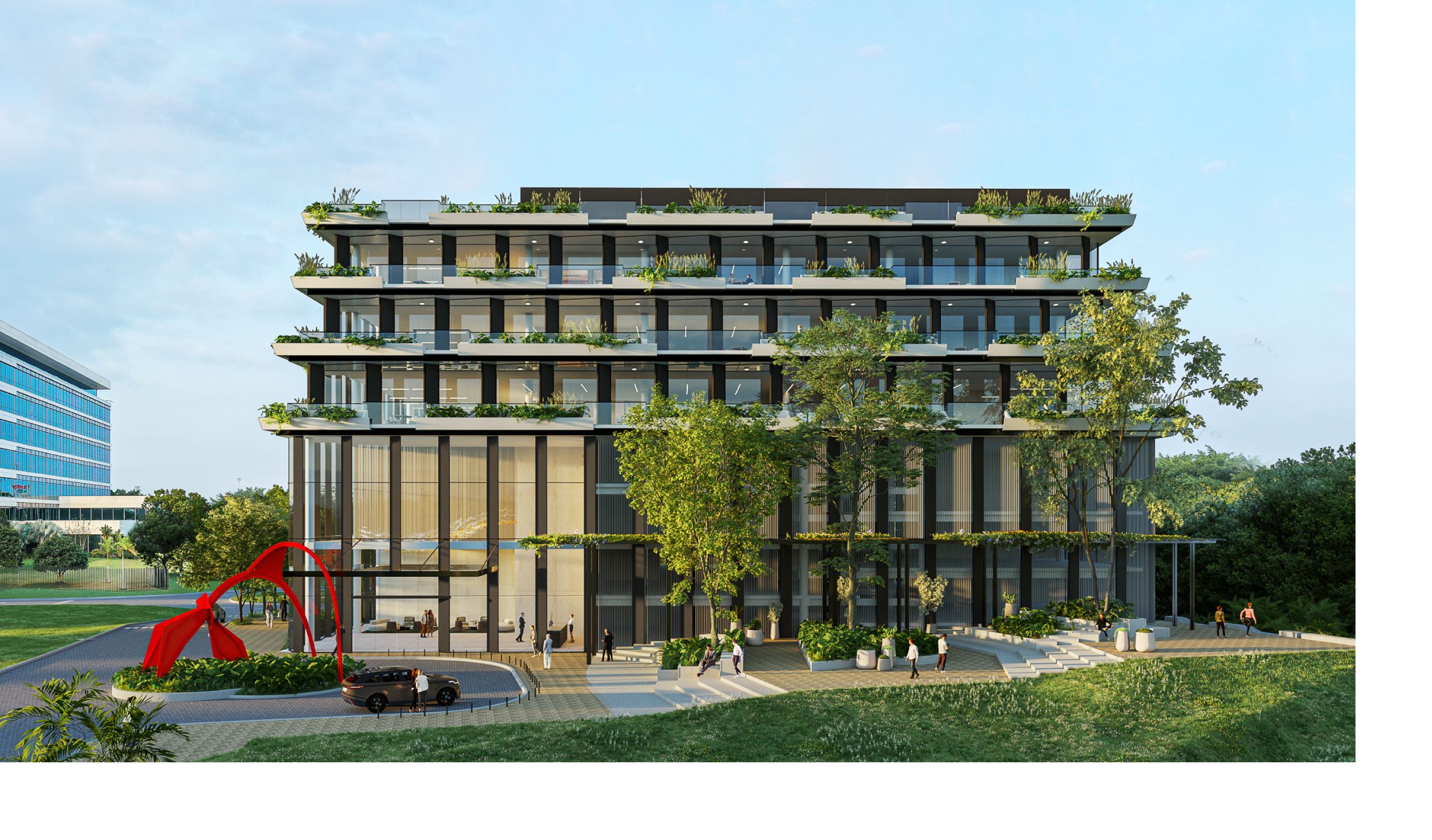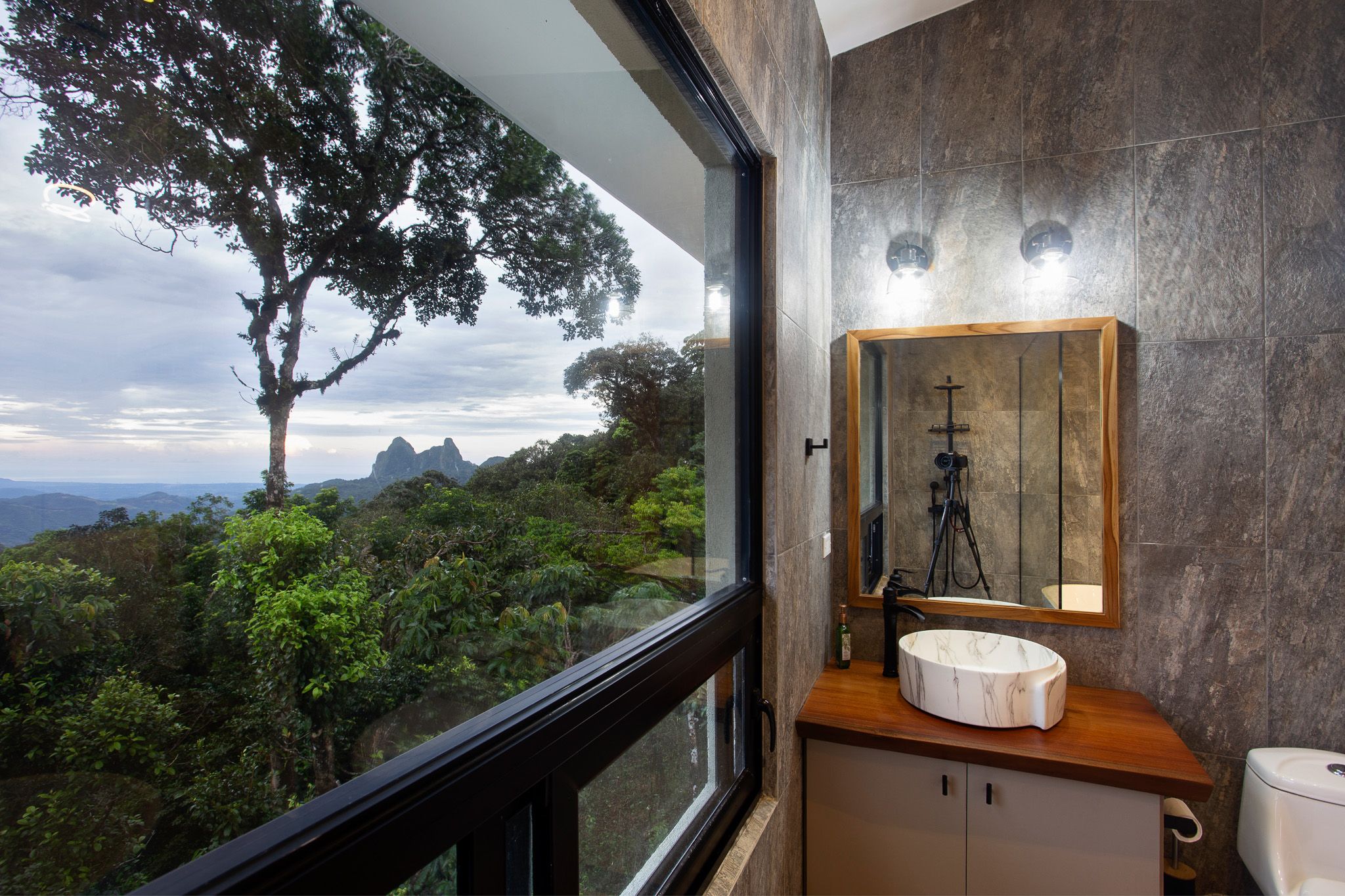Challenges of Architecture in Historic Areas: Casco Viejo of Panama City
The Importance of Casco Viejo
Casco Viejo is the historic center of Panama's capital and boasts a rich architectural diversity with colonial, art deco, neoclassical, and republican influences. Its conservation is crucial not only for its historical value but also for its impact on tourism and the local economy. Restoration and renovation efforts must comply with a strict regulatory framework to ensure modernization does not compromise its identity.
This sector is a vibrant cultural hub where artistic, gastronomic, and commercial activities converge. It is home to museums, art galleries, restaurants, and boutique hotels that attract both tourists and residents. Over the years, Casco Viejo has evolved from a neglected area into a benchmark for sustainable development and urban revitalization. Its urban layout, characterized by narrow streets, open plazas, and colorful facades, evokes its colonial past and poses a challenge for integrating contemporary elements without altering its authenticity.
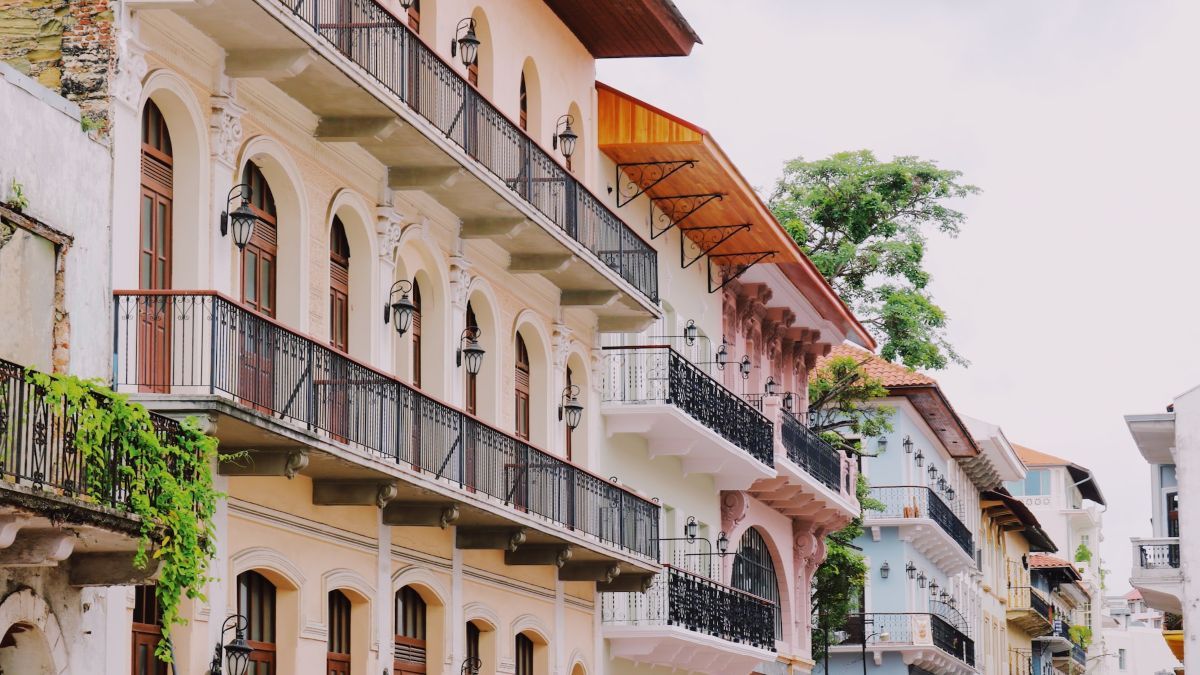
Main Architectural Challenges
One of the biggest challenges in Casco Viejo's architecture is complying with the regulations and policies established for heritage preservation. In Panama, Executive Decree No. 51 of 2004 and Resolution No. 127 of 2003 set guidelines for the restoration and rehabilitation of historic buildings. These regulations ensure architectural coherence and limit the types of materials and designs allowed. Additionally, **Municipal Agreement No. 23 **of 2016 regulates the use of public spaces, ensuring that any modifications are compatible with the historic district.
Balancing modernity and preservation is another key challenge. Buildings must remain functional without losing their historical essence. This requires incorporating modern solutions such as energy efficiency systems or structural reinforcements that do not alter the original appearance of the buildings. The integration of technology in a heritage environment must be carried out with discreet strategies that do not affect the overall urban aesthetics.
Urban Design in Casco Viejo
The design of new structures or the remodeling of existing buildings must respect the scale, proportion, and characteristic materials of the area. It is not just about restoring facades but ensuring that interventions adapt to the urban context without disrupting visual harmony. To achieve this, architects must study the original materials and replicate traditional construction techniques. At the same time, new projects must consider functionality and accessibility without compromising the site's identity.
Another essential aspect is the recovery of public spaces. Urban design in historic areas is not only focused on architecture but also on integrating plazas, streets, and communal areas that encourage community life. The recovery of these spaces has allowed Casco Viejo to become a meeting point for locals and visitors, reinforcing its value as a cultural and tourist district.
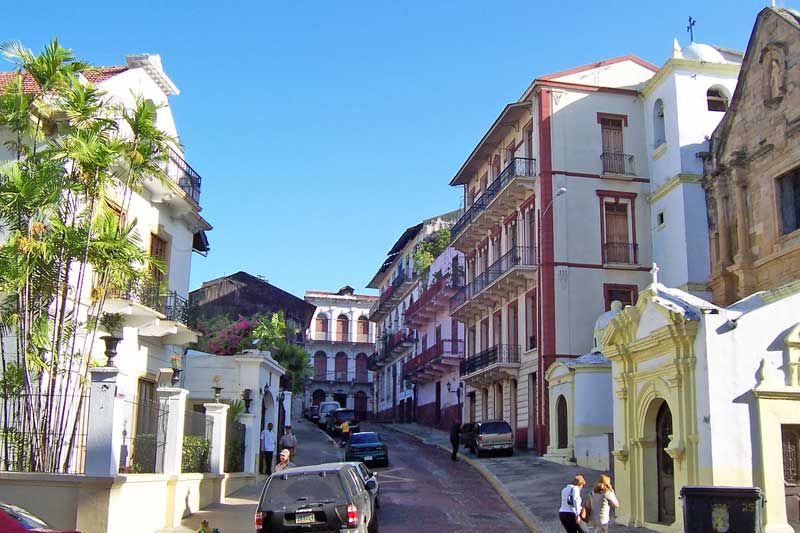
Innovation and Sustainability in Heritage Areas
Sustainability is a key aspect of Casco Viejo's renewal. The integration of modern technology can improve energy efficiency and conservation without compromising the historical value of the buildings. Strategies such as LED lighting to reduce electricity consumption, natural ventilation to minimize air conditioning use, and the reuse of original materials in restorations can be employed.
Additionally, the use of rainwater harvesting systems and efficient thermal insulation contributes to resource conservation. The implementation of these systems must be done subtly, ensuring they do not affect the aesthetics of historic buildings.
Architectural Projects in Casco Viejo
Architecture firms like DIAZ DIAZ have worked on the restoration of emblematic properties within Casco Viejo, combining heritage conservation with modern adaptations. The restoration of facades, the recovery of original balconies, and the modernization of interiors are some of the strategies used to preserve history without compromising functionality. In some projects, contemporary internal structures have been integrated without altering the external appearance, allowing buildings to adapt to new commercial or residential uses without losing their historical value.
These interventions demonstrate that architecture in historic areas does not have to be at odds with modernization. On the contrary, with careful planning and the appropriate use of materials and technologies, it is possible to transform heritage spaces into sustainable and functional environments for future generations.
A Balance Between Past and Future
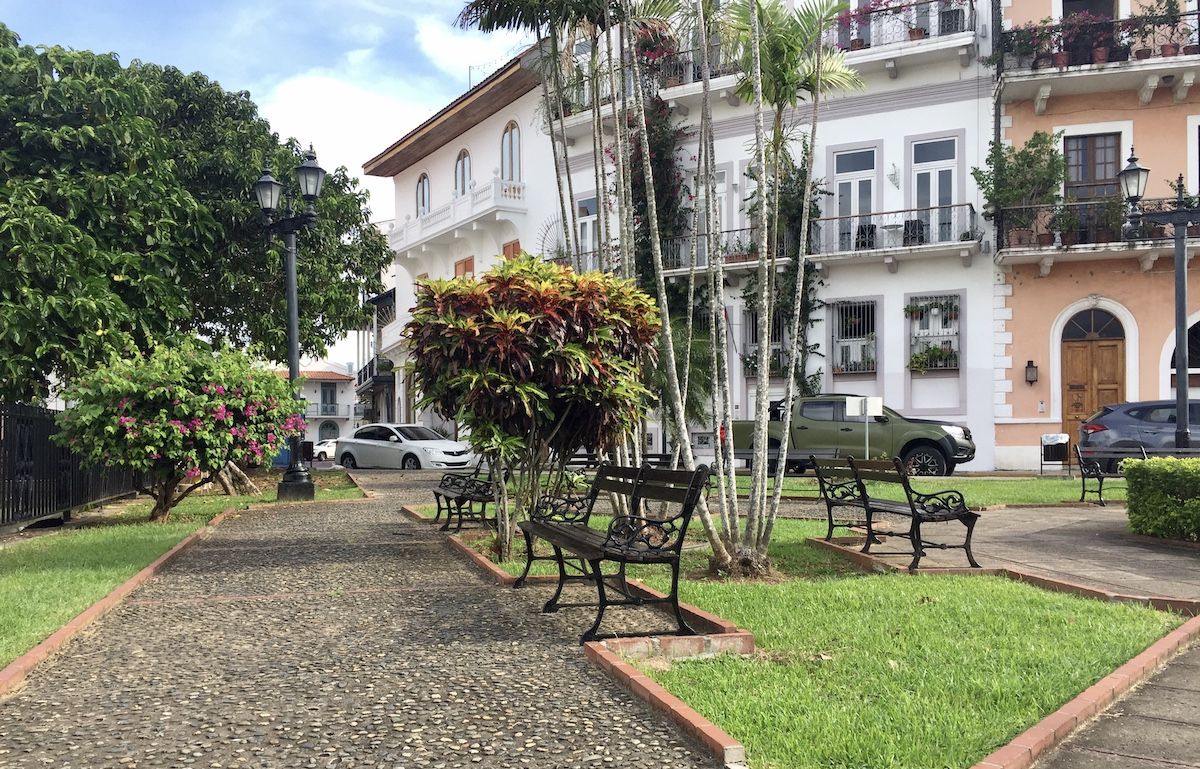
Architecture in historic areas like Casco Viejo in Panama requires an approach that combines heritage preservation with contemporary urban demands. Complying with strict regulations, respecting architectural identity, and applying innovative strategies are key to successful interventions.
Experience has shown that it is possible to transform old buildings into functional spaces without altering their essence. The revitalization of Casco Viejo is an example of how restoration and architecture can coexist in harmony, maintaining the city’s historical identity while ensuring its long-term viability.



